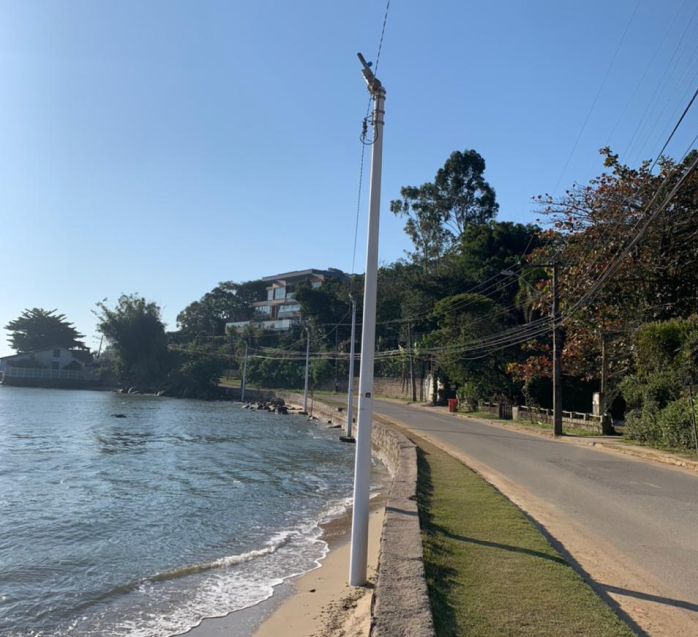Energy
Distribution
The best FRP poles and crossarms for energy distribution
Ecofibra provides excellent cost-effective solutions for power utility companies across the country. With state-of-the-art technology, Ecofibra’s FRP poles and crossarms are produced in accordance with the most important quality standards in force.
We develop FRP poles with square tops and circular tops that can be used in energy distribution lines and fixed telephony.
Specifying a design based on FRP poles allows for a number of advantages as they are extremely lightweight and weather resistant. The light weight of this product makes transport and installation logistics much easier than traditional products such as concrete poles. In addition, FRP poles have low electrical conductivity, a characteristic that practically eliminates the risk of accidents.

Immune to corrosion
Fiberglass poles are completely inert and immune to any type of chemical corrosion (salt water, H2S), generic, galvanic, intergranular or graphitic corrosion that affect metal and concrete poles.
Low maintenance requirement
The external finishing surface of the pole is composed of a thermosetting resin-based layer with a UV-A and UV-B inhibitor and anti-flame protection, which gives the poles excellent resistance to aging.
Easy transport and installation logistics
As FRP poles are 10 times lighter than concrete poles, this substantially simplifies logistics and installation, making them ideal for coastal regions and hard-to-reach areas.
Lower risk of electrical accidents
Fiberglass has low conductivity. Hence, even if it contains wires with insulation problems, a pole made with this material does not cause electric shock. Even if a car crashes into a FRP pole, the damage to the vehicle and passengers will be significantly lower.
Lightweight and extremely durable
FRP poles are 10 times lighter than concrete poles, are a quarter the weight of steel, and are 25% lighter than aluminum. In terms of life cycle, composites can last more than 50 years.
Learn more about our line of poles for energy distribution.

